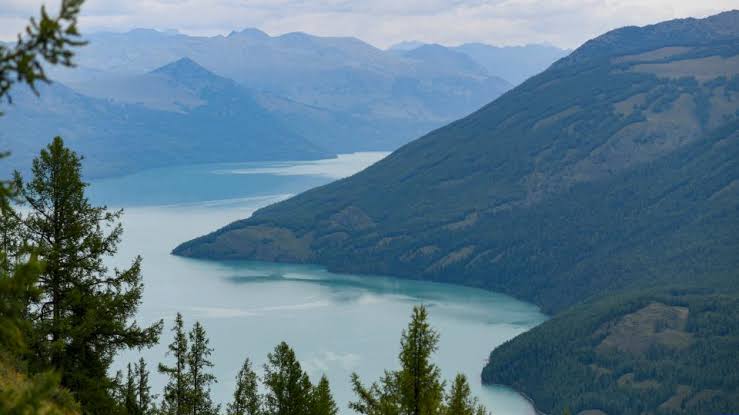The government of the Australian state of New South Wales (NSW), has announced a 9.1 million Australian dollars (about 6.28 million U.S. dollars) initiative.
This would seek to restore kelp forests and sea horse populations to the iconic Sydney Harbour.
NSW Minister for environment James Griffin said the project would help bring back lost biodiversity, improve water quality and increase carbon storage.
“Sydney Harbour is a modern, working harbour at the beating heart of our city, but the effects of urbanisation and industrial activity have resulted in the loss of marine habitats and the species that call them home,’’ he said.
The investment would be delivered across three projects including installing living seawalls and replanting seagrass meadows and kelp forests.
It would be conducting a census of penguin populations that inhabit the harbour and assessing the habitat of seals in the harbour.
“By installing hundreds of living seawall panels and replanting seagrasses and kelp forests in at least nine locations, we’ll be restoring critical habitats for marine life like the endangered White’s seahorse, little penguins, green turtles and seals,’’ added Griffin.
More than 85 per cent of people in NSW live within 50 km of the coast, and as such more than 50 per cent of Sydney Harbour’s shoreline was occupied by urban structures.
More than 142,000 people are employed in the state’s coastal tourism industry.
The level of urban density presents both a challenge and a reliance on the coastal marine ecosystem.
The project would be run in conjunction with the Sydney Institute of Marine Science (SIMS), Taronga Conservation Society Australia, and NSW National Parks and Wildlife Service.
Contributor Adriana Verges from the School of Biological, Earth and Environmental Sciences (BEES) at the University of New South Wales (UNSW) said on Monday.
The project was unique as it would concurrently seek to repair a multitude of integrated environments.
“By restoring all these habitats at the same time and in the same places, we are hoping to see meaningful synergies and enhanced recovery,’’ said Verges.
She added that a crucial aspect of the project would be engaging the community in the Harbour’s restoration.
“This includes hands-on opportunities for people to get involved in the restoration, which I think is great because people are so interested in learning more about their local marine environment.
“We can achieve so much more when we all work together,’’ Verges added.
